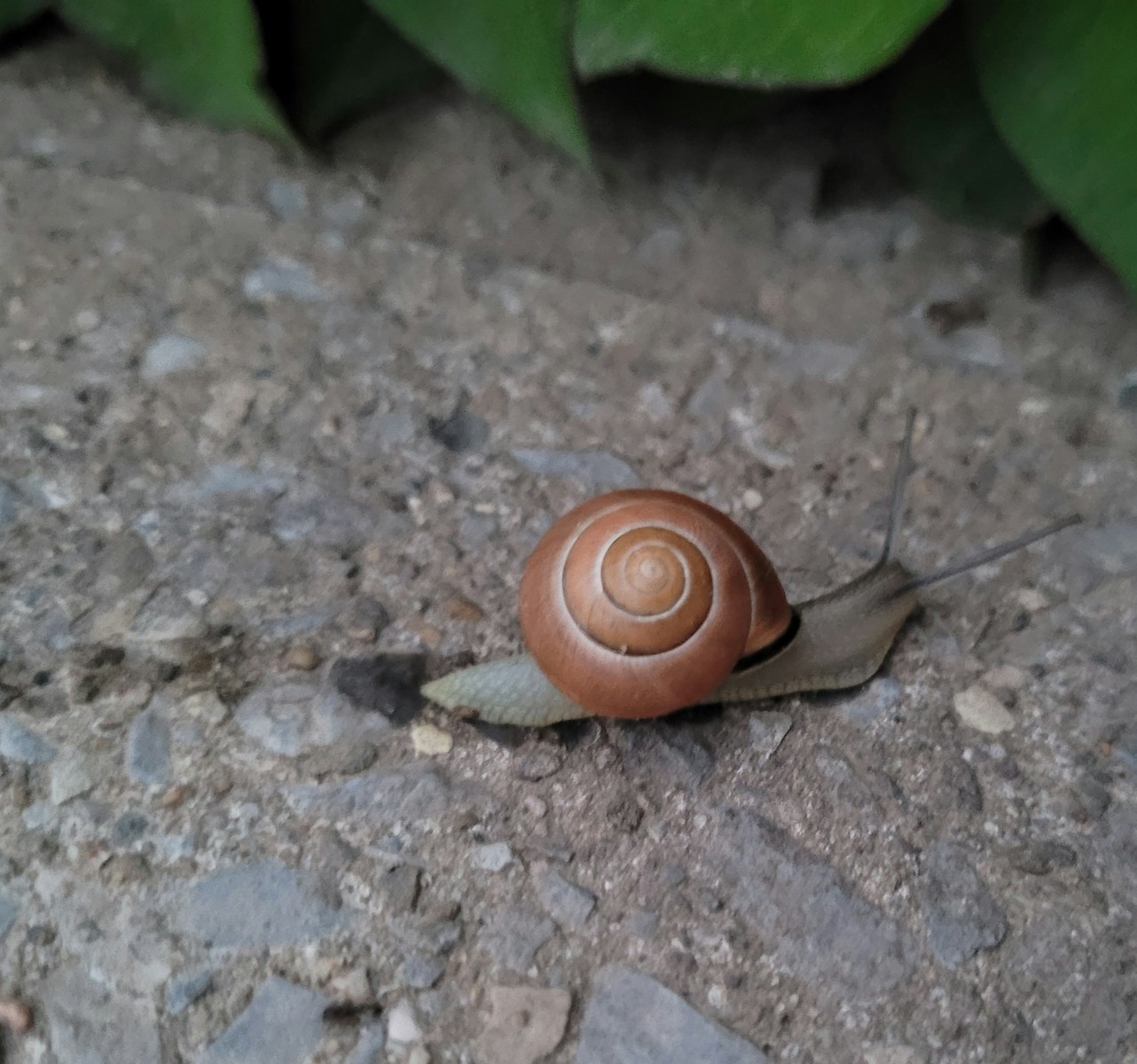What Eats Planaria in an Aquarium?
Planaria are small, flatworm-like creatures that are often found in aquariums. While they may not pose a direct threat to the health of your fish, their presence can be unsightly and may indicate an imbalance in your tank’s ecosystem. If you’re wondering what eats planaria in an aquarium, there are a few natural predators that can help control their population. In this article, we will explore some of these predators and discuss how to manage planaria in your aquarium.
One of the most effective natural predators of planaria is the assassin snail (Clea helena). These small, carnivorous snails are known for their ability to hunt and consume planaria. They have a long, slender body and a cone-shaped shell, which allows them to move quickly and efficiently through the aquarium substrate. Assassin snails are also known to be relatively peaceful towards other tank inhabitants, making them a popular choice for planaria control.
Another predator that can help control planaria populations is the dwarf pufferfish (Carinotetraodon travancoricus). These tiny, colorful fish are known for their voracious appetite and ability to hunt down and consume small invertebrates, including planaria. However, it’s important to note that dwarf pufferfish are not suitable for all aquarium setups. They require a well-established tank with plenty of hiding places and a carefully balanced diet to thrive.
In addition to these natural predators, there are also several methods you can employ to manage planaria in your aquarium. Regular water changes and proper filtration can help maintain a healthy and balanced tank environment, which can discourage planaria from multiplying. Additionally, maintaining a consistent feeding schedule and avoiding overfeeding can help prevent excess nutrients in the water, which can contribute to planaria blooms.
If you’re dealing with a particularly stubborn planaria infestation, you may consider using chemical treatments as a last resort. However, it’s important to exercise caution when using these treatments, as they can also harm beneficial organisms in your tank. Always follow the instructions provided by the manufacturer and consider removing any sensitive or delicate species from the aquarium before applying the treatment.
What Eats Planaria in an Aquarium?
Guppies
Guppies are small, colorful fish that are often kept in community aquariums. They are known for their ability to reproduce quickly, making them excellent predators for planaria control. Guppies have a hearty appetite and will readily consume planaria as part of their diet. They are also relatively easy to care for and can adapt to a wide range of water conditions.
Corydoras Catfish
Corydoras catfish are bottom-dwelling fish that are popular in aquariums for their peaceful nature and unique appearance. These catfish have a knack for scavenging and will actively search for small invertebrates like planaria to consume. They are also known to be excellent algae eaters, making them a great addition to any aquarium ecosystem.
Endler’s Livebearers
Endler’s livebearers are small, brightly colored fish that are closely related to guppies. They are highly adaptable and can thrive in a variety of water conditions. These fish are known for their active foraging behavior, and they will eagerly consume planaria if present in the aquarium. Endler’s livebearers are also known for their ability to reproduce quickly, which can help keep the planaria population in check.
Freshwater Crabs
Freshwater crabs, such as Thai micro crabs and vampire crabs, are not only fascinating to watch but also effective planaria predators. These small crustaceans have a strong feeding instinct and will actively hunt and consume planaria. However, it’s important to note that freshwater crabs require specific care and may not be suitable for all aquarium setups.
Rainbowfish
Rainbowfish are colorful, active fish that can add a vibrant touch to any aquarium. These fish are known for their peaceful nature and can coexist with a variety of tank mates. Rainbowfish have a varied diet that includes small invertebrates like planaria. They are excellent hunters and will actively seek out and consume planaria if present in the aquarium.
Snail-eating Fish
There are several species of fish that are specifically known for their ability to consume snails, which includes planaria. Fish like loaches, such as the clown loach and yo-yo loach, are particularly effective at controlling snail populations. These fish have a strong appetite for small invertebrates and will actively hunt and consume planaria as part of their diet.
Overall, introducing natural predators to your aquarium can be an effective way to control planaria populations. However, it’s important to research the specific care requirements of each predator and ensure they are compatible with your existing tank inhabitants. Additionally, maintaining a clean and well-maintained aquarium environment will help prevent planaria infestations and promote the overall health of your aquatic ecosystem.
Other Control Measures to tackle Planaria
Biological Control
Introducing certain species of fish or invertebrates that feed on planaria can be an effective method of control. For example, certain species of loaches, such as the clown loach, are known to feed on planaria. Additionally, some shrimp species, like the Amano shrimp, have been observed to consume planaria as part of their diet. However, it’s important to research and choose compatible species that will not harm your existing tank inhabitants.
Reduce Light Intensity
Planaria are more active in well-lit environments. By reducing the intensity and duration of light in your aquarium, you can create a less favorable habitat for planaria. Consider adjusting the lighting schedule or using dimmer lights to discourage their growth and reproduction.
Maintain a Balanced Ecosystem
Creating a balanced ecosystem in your aquarium can help prevent planaria outbreaks. This includes providing appropriate hiding places and vegetation for your fish, which can help reduce stress and promote overall health. Additionally, diversifying the types of organisms in your tank can help create a more stable and self-regulating environment.
Regular Tank Maintenance
Regular tank maintenance is crucial in preventing planaria infestations. This includes cleaning the substrate, removing any decaying plants or organic matter, and regularly cleaning the filter. By keeping your aquarium clean and well-maintained, you can reduce the chances of planaria establishing a foothold in your tank.
Patience and Persistence
Managing planaria in your aquarium requires patience and persistence. It may take time to find the most effective methods for your specific situation, and it’s important to monitor your tank regularly for any signs of planaria. By implementing a combination of the above strategies and staying vigilant, you can successfully manage and control planaria populations in your aquarium.
Remember, prevention is always better than cure. Taking proactive measures to maintain a healthy and balanced aquarium environment can go a long way in preventing planaria infestations. By following these tips and staying informed about the needs of your tank inhabitants, you can enjoy a thriving and planaria-free aquarium.

